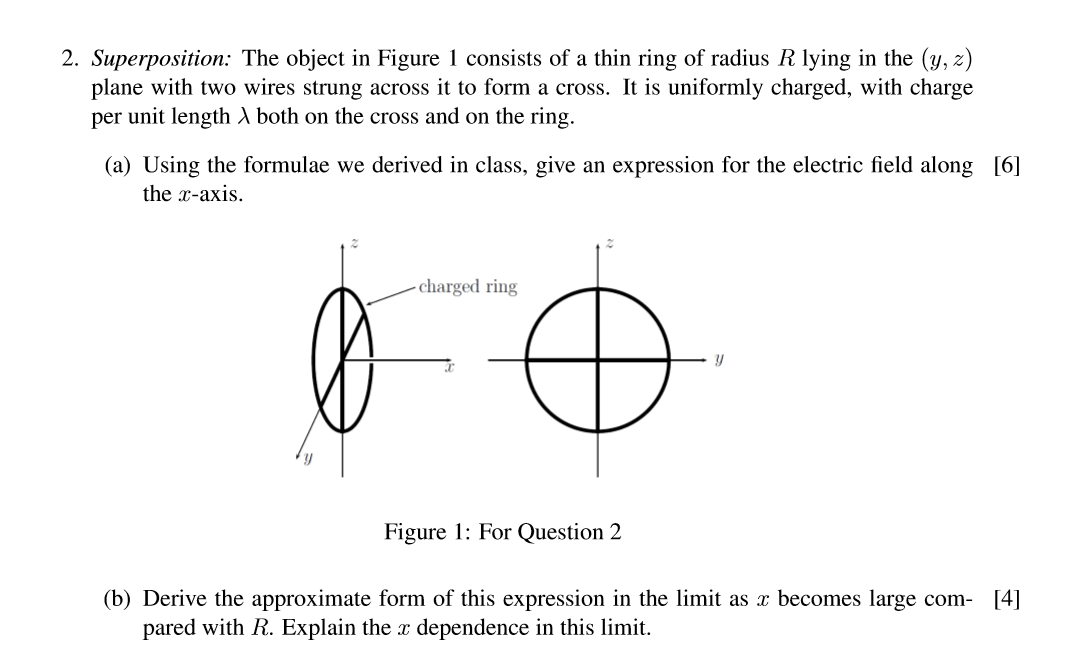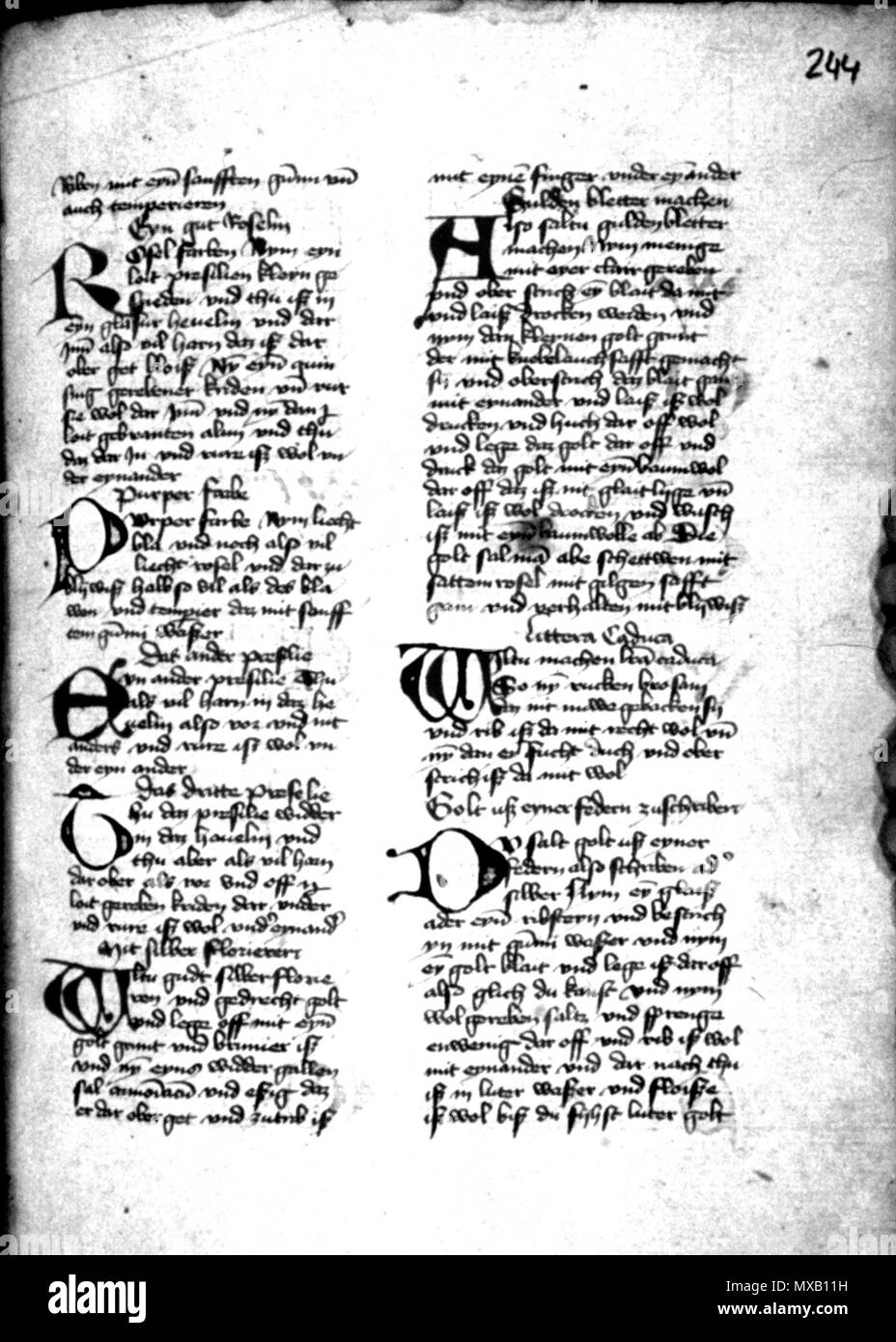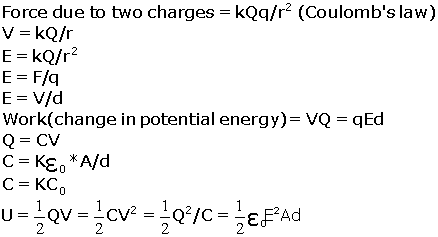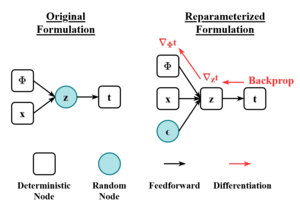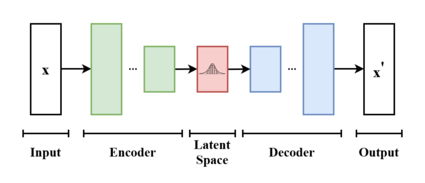
3D inverse synthetic aperture radar image quality improvement using sparse signal representation - Mehrpooya - IET Radar, Sonar & Navigation - Wiley Online Library

The dimensions of `e^(2)//4pi epsilon_(0)hc`, where `e, epsilon_(0),h` and `c` are electroni - YouTube

The diagram shows three infinitely long uniform line charges placed on the X, Y and Y, axis. The work done in moving a unit positive charge from (1, 1, 1) to (0, 1, 1) is equal to

Show that electric potential at a point P, at a distance 'r' from a fixed point charge Q, is given by V = (1/4piepsilon0) Q/r .



